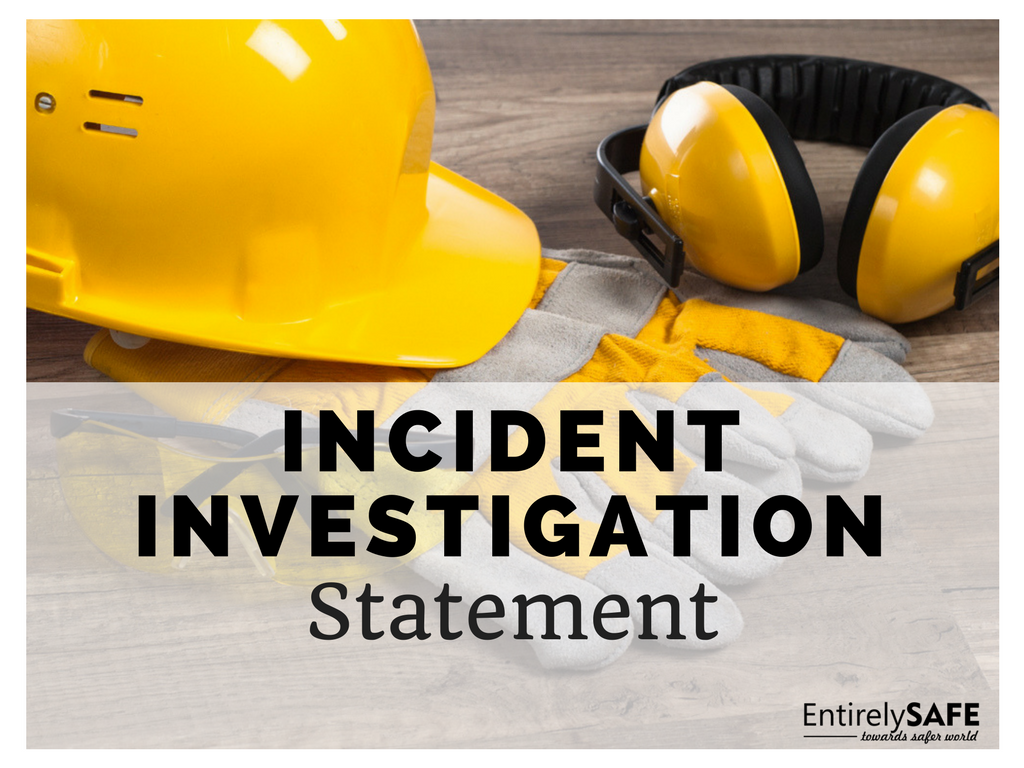Writing your Incident Statement

An accident has been reported. You need to find out what happened and get those answers quickly. But where do you start?
Before jumping straight into an investigation, or even Root Cause Analysis (RCA), it is critical to have a solid starting point that will guide you through and make it work. This first step is called the initial incident statement. It gives you exactly the right elements you need to be investigated. Getting it right at the beginning will save you time in the end by making sure you get to the true root causes.
The initial incident statement is just that – a statement that begins your investigation. It need not be a long description or explanation, but a short and simple account of what happened and what the consequence was based on the information received immediately post-incident. Sometimes this is all the information you have at the start, but this is enough to start you on your problem-solving journey.
But how do you write it? It seems like an easy task – just write down what happened and get on with it – but accurately and objectively describing the incident is key. There are three things you need to know:
- What happened;
- Consequence;
- Potential consequence;
That is all. No more than that.
What Happened?
If you work back time-wise, think of the consequence as how the incident was described to you; what the most recent event to have happened was – e.g. worker injured her shoulder.
Consequence
Then, whatever happened immediately beforehand to trigger this, is your ‘what happened’, e.g. load fell from height.
Note there can be more than one consequence, depending on the incident and your Terms of Reference.
Potential Consequence
The potential consequences are important to consider too as part of your investigation because a) they are what could have happened so can drive the investigation and determine its severity level and b) they can often help you with another part of the root cause analysis.
Once you have your statement, it is clear to you and everyone involved what the investigation is about.
Then, after thorough planning and investigation, the incident statement acts as a starting point for your RCA diagram, which should clearly show what caused the incident and therefore help you see where effective recommendations can be made to prevent further recurrence.
So, an accurate initial incident statement lets you build a solid investigation around it that can explore all the necessary issues relating to the incident. Much like a lasting and effective structure can only be built from solid plans and foundations, it must be right so that you can assemble all the parts needed for a complete working building – your RCA. It is common to think that the Root Cause Analysis IS your investigation, but the set-up, planning and subsequent investigation are the crucial prerequisites for an RCA that gives you the right answers every time.
Source: Kelvin TopSet


You did excellent job for Momin brothers.